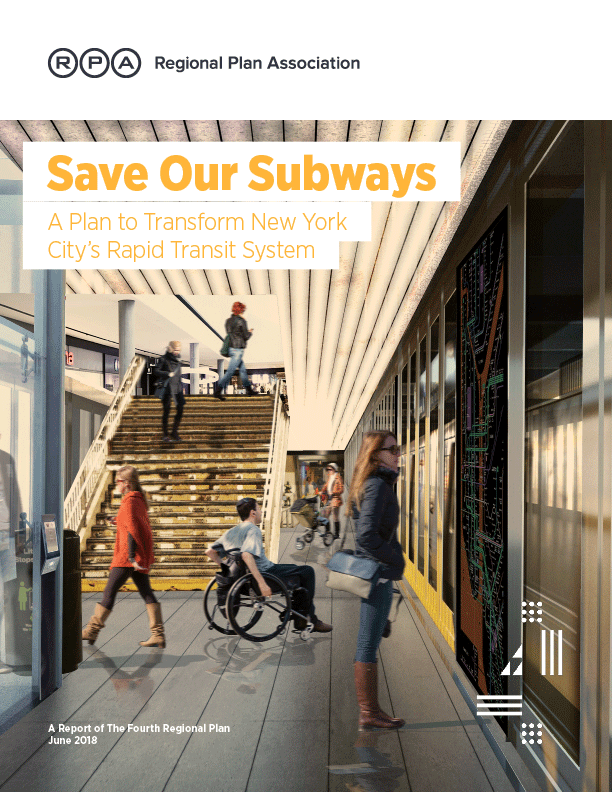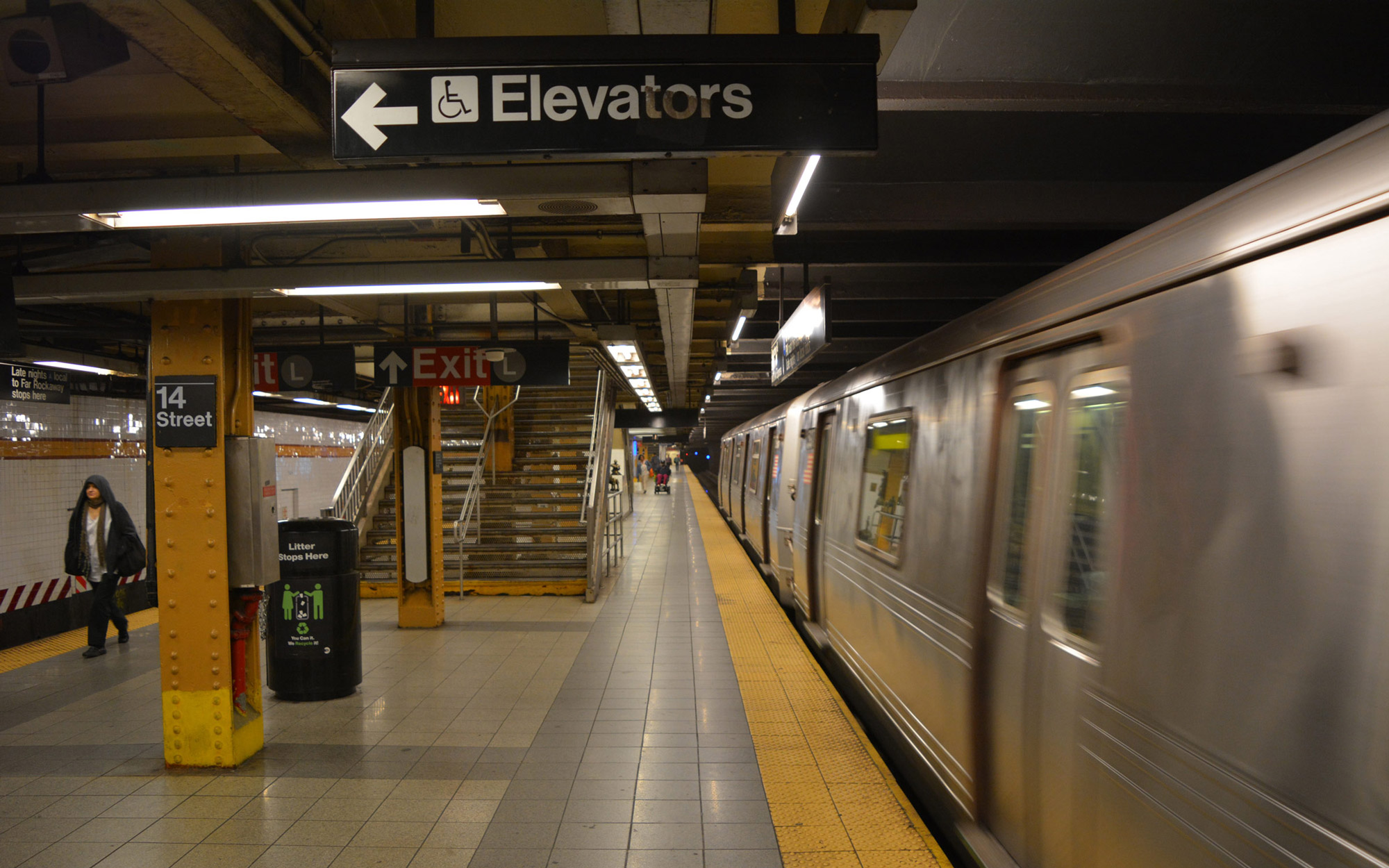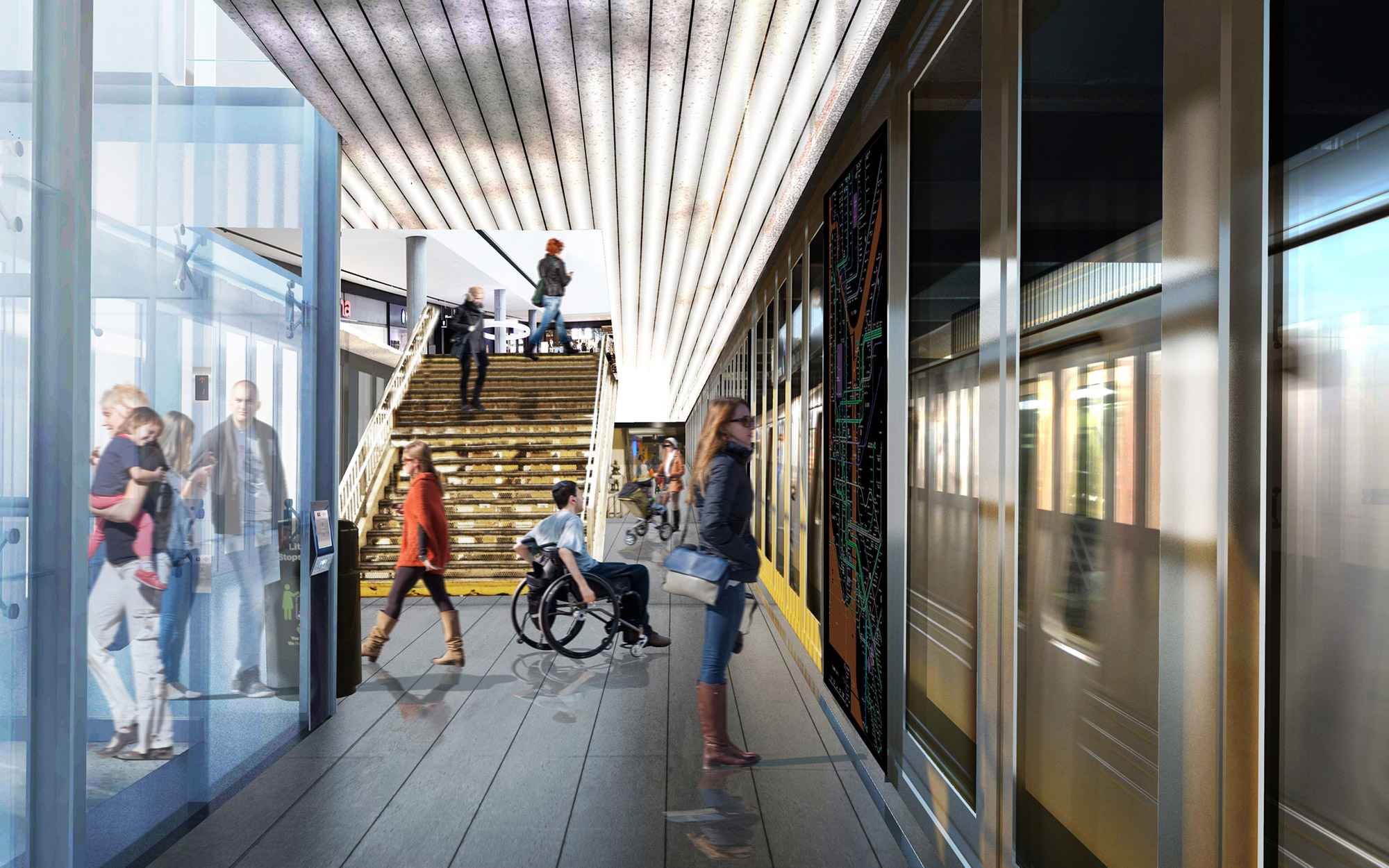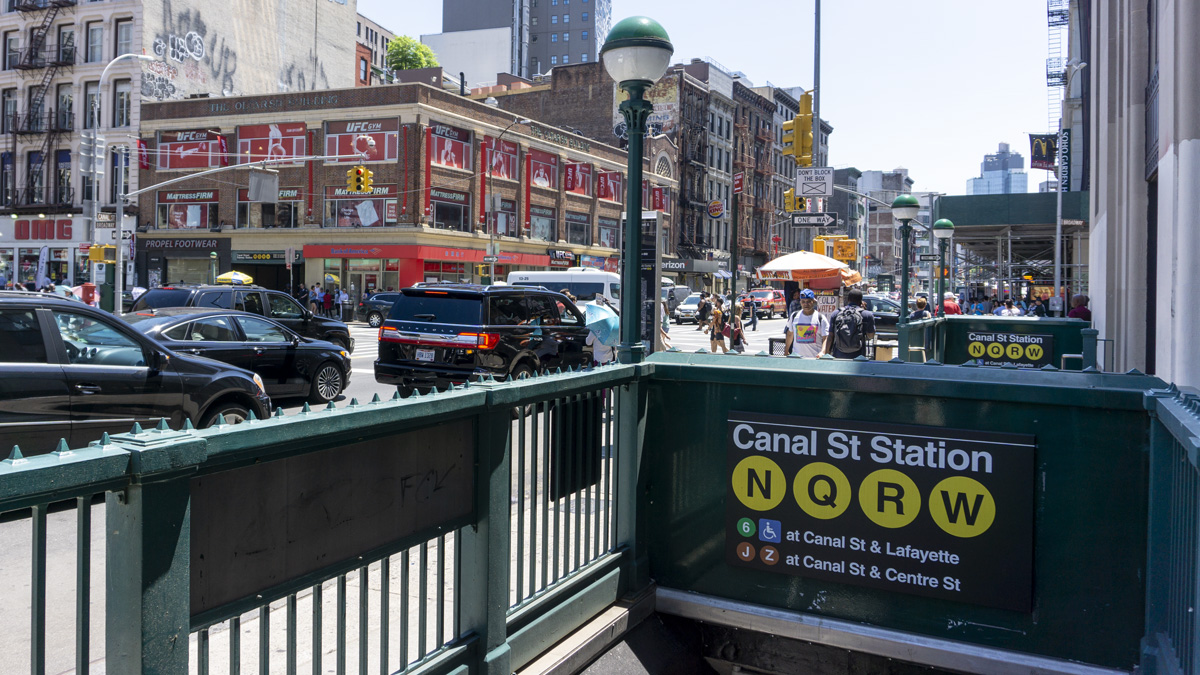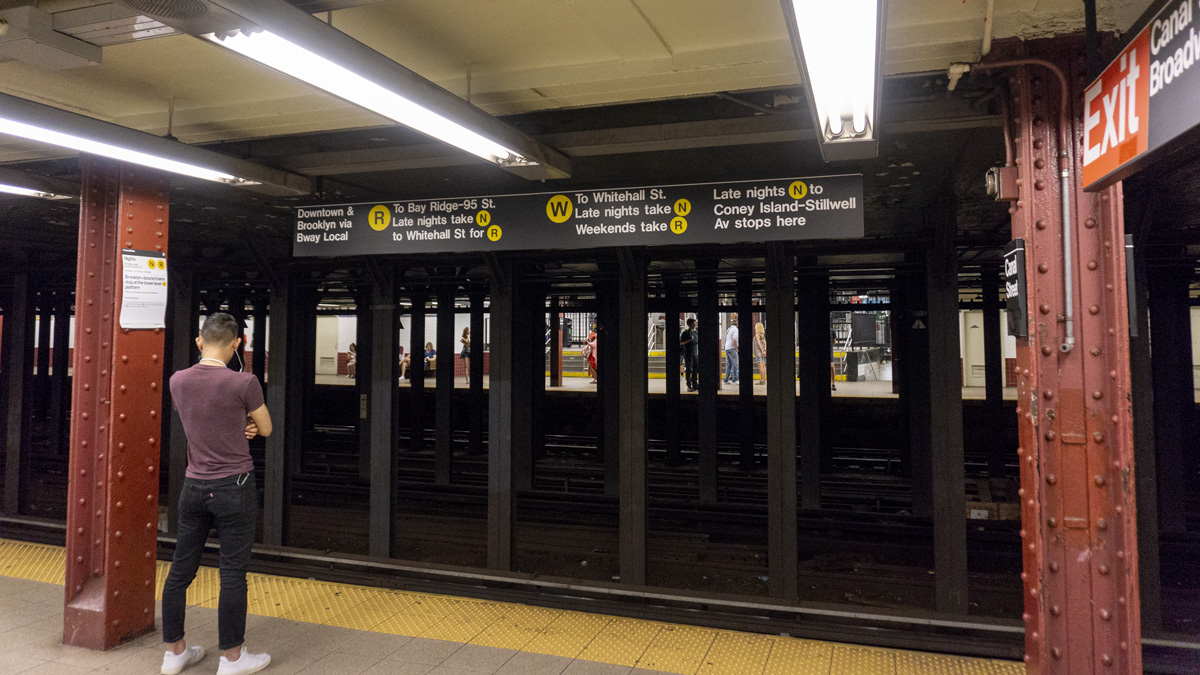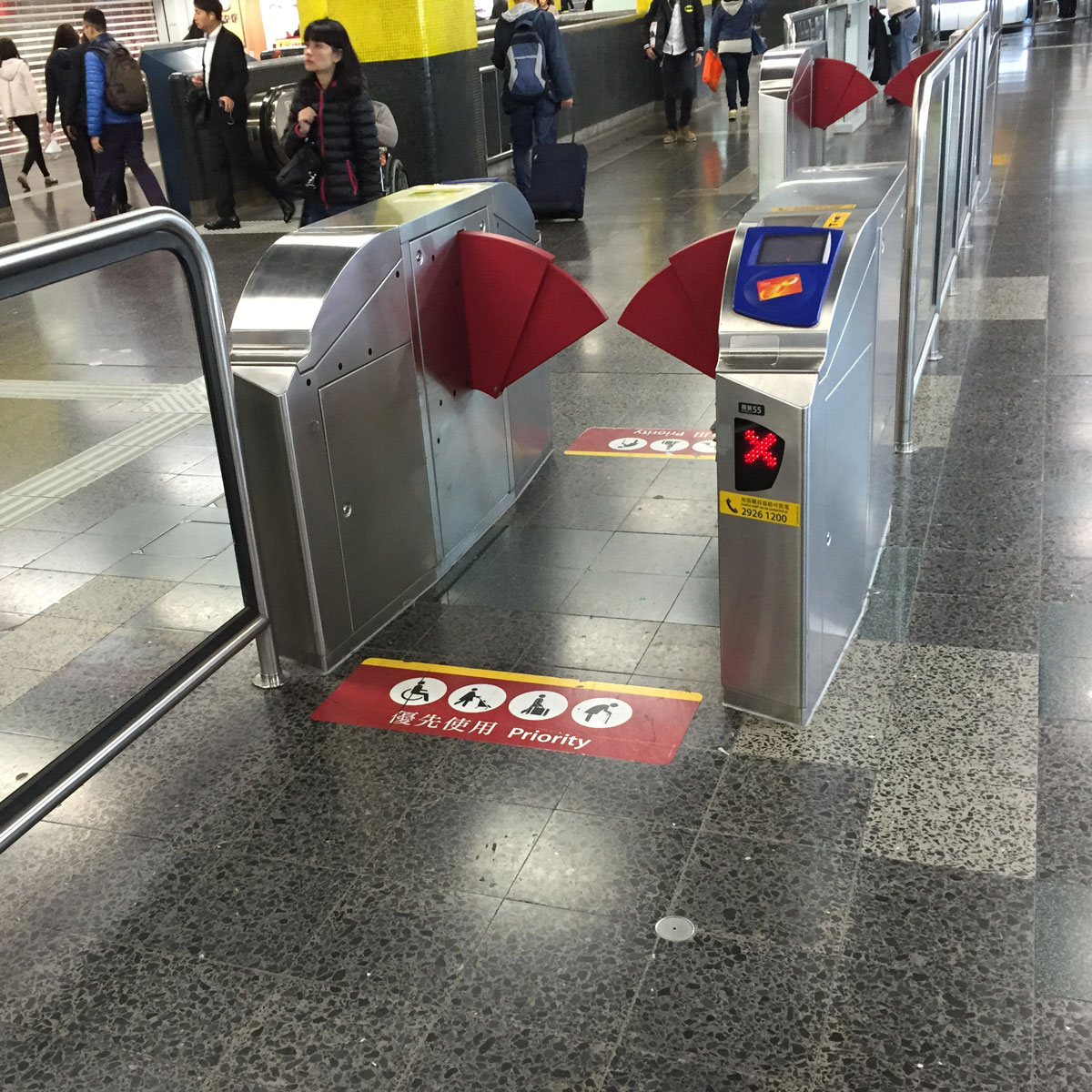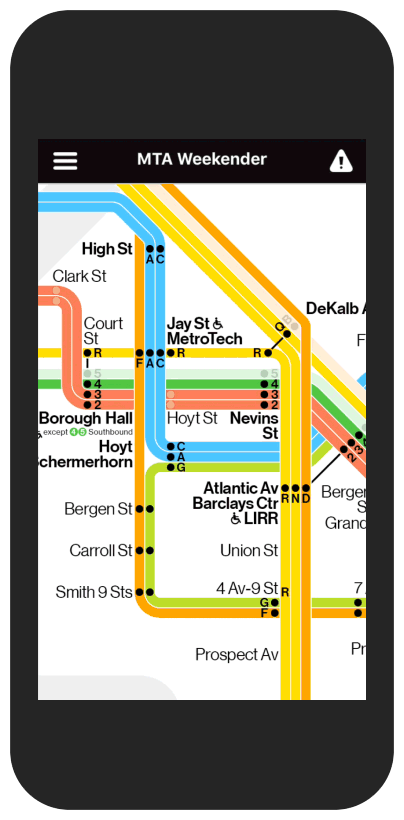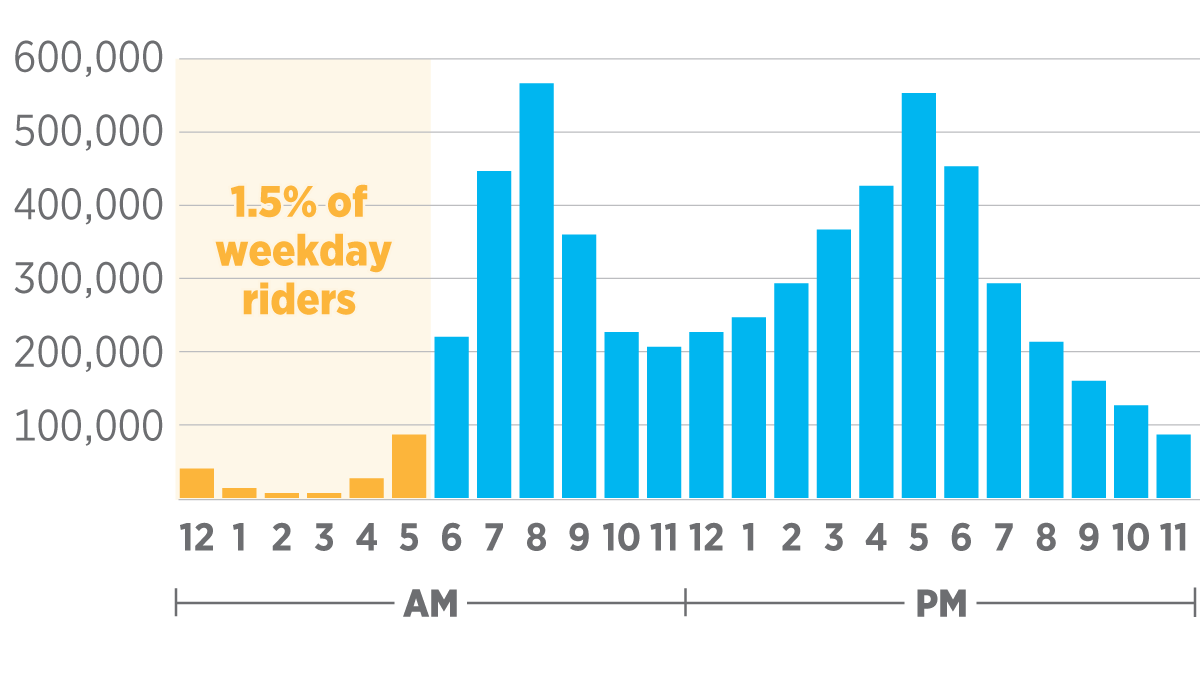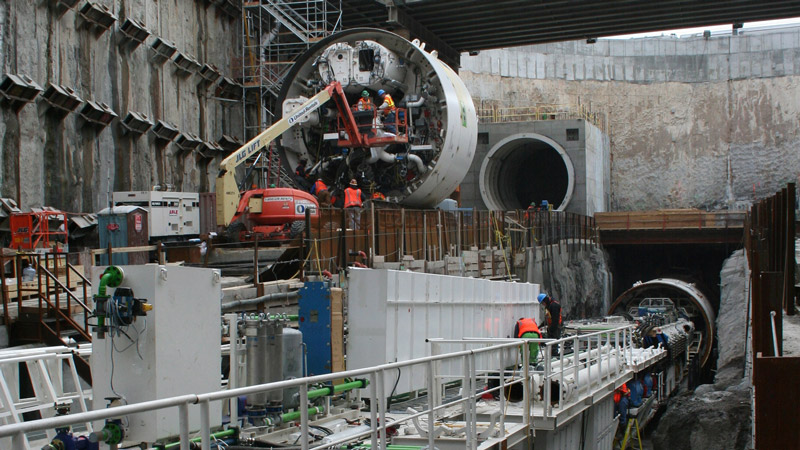Even among world cities, New York’s subways are unique. Unlike nearly every other major system we’ve got a flat fee, and offer 24-7 access. We have more stations and our lines go further. As a result the subway moves nearly six million passengers every weekday, more than the next three largest U.S. systems combined. But our subways are at a crisis point.
For the first time in recent memory ridership is now actually on the decline. Fixing the subway will require increasing our investment in them by billions and making major shifts in how the MTA, along with its unions, contractors and related state and city agencies, conduct maintenance, operations and construction to be able to deliver projects on-time and on-budget, and rebuild public confidence.
Fixing alone is not enough. Cities from Paris to Singapore are investing in modernizing and expanding their transit systems. As the region’s population continues to grow there will be even more demand for new capacity. And many densely populated parts of the city have never been well served by the subway, and should be.
The Save Our Subways plan is a technical report from Regional Plan Association’s research for its Fourth Regional Plan released in November 2017. This website presents an overview of RPA’s recommendations to transform New York City’s rapid transit system.
In May 2018 MTA’s New York City Transit released its own ambitious plan, Fast Forward, to modernize all of its services—subways, buses and paratransit.
RPA’s recommendations closely align with the subway chapter of NYCT’s Fast Forward plan, but go into more depth. In addition RPA’s Save Our Subways Plan envisions ways to leverage new these new investments and technology to create healthier stations and a better experience for riders. Finally our report recommends areas for future expansion of the subway.
Ten Investment Priorities to Modernize the Subway
Aggressively address the “high-risk” critical infrastructure backlog
Implement and maintain preventive maintenance measures
Modernize the subway signal system
“Right-Size” stations to reduce congestion and make them accessible
Simplify routing to reduce bottlenecks and delays
Standardize and assign fleet to services
Add service to reduce overcrowding on trains
Expand undersized and poorly designed terminals to allow MTA to run more trains
Correct extreme track geometry issues and poorly designed junctions
Ensure sufficient yard and power capacity

